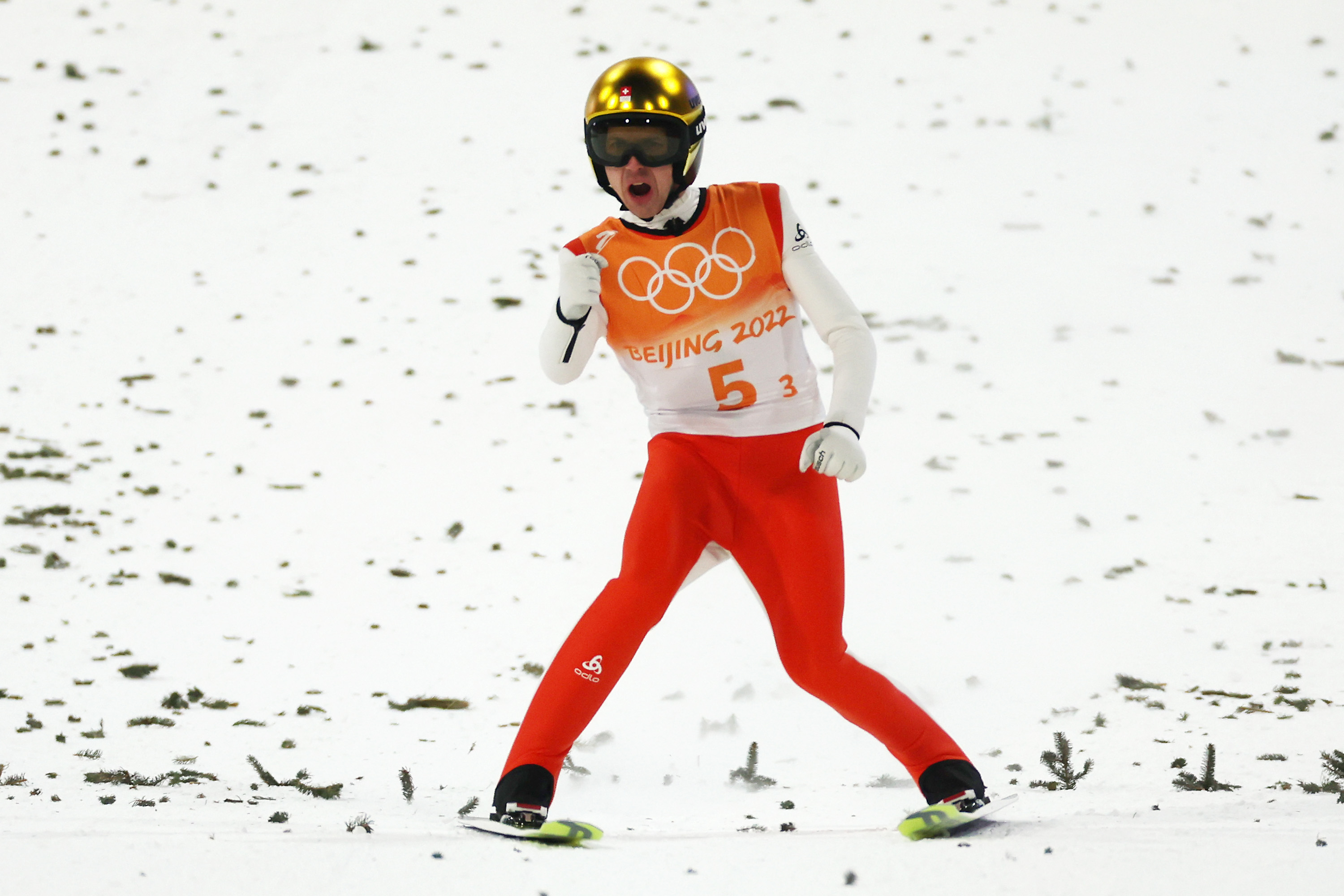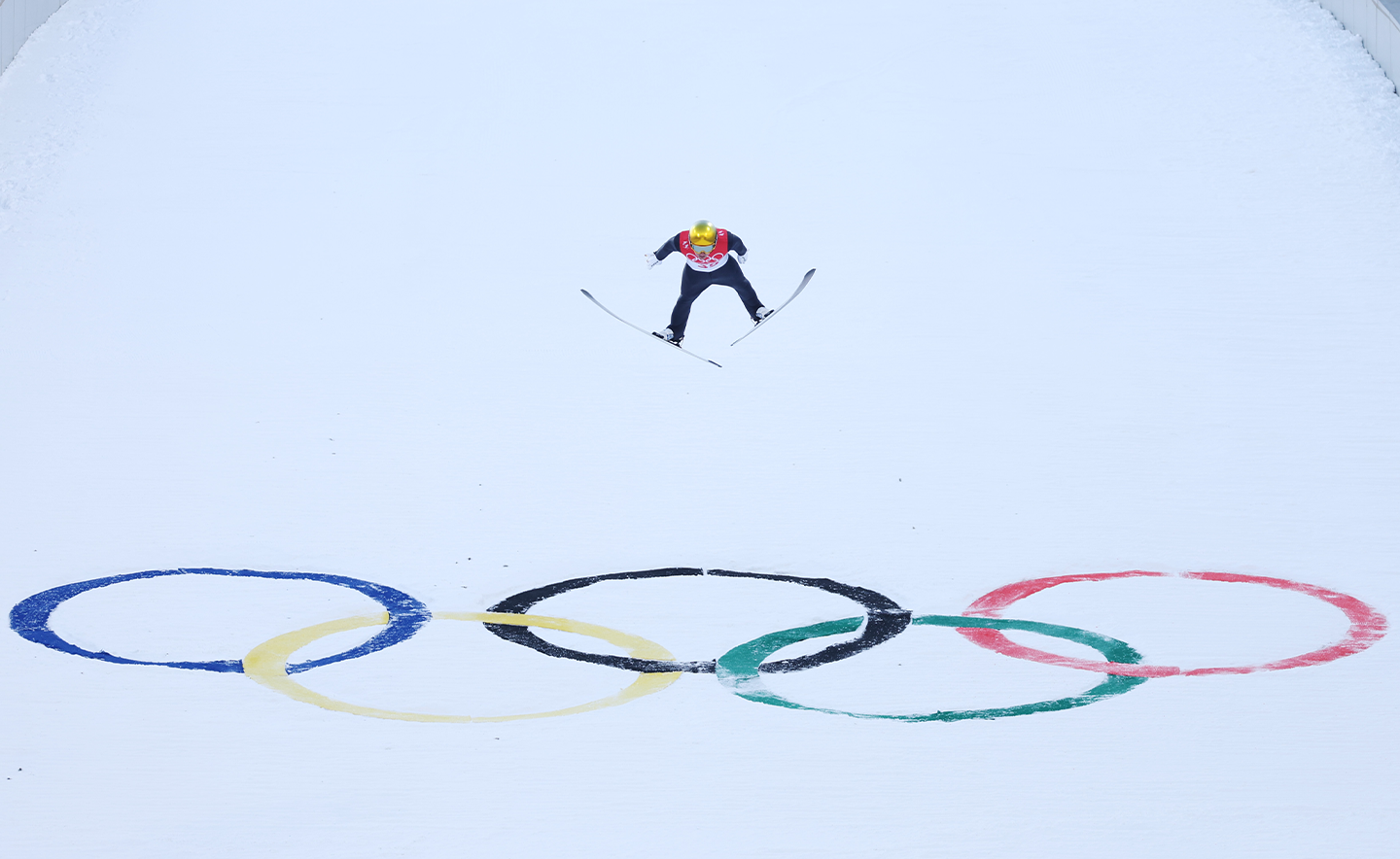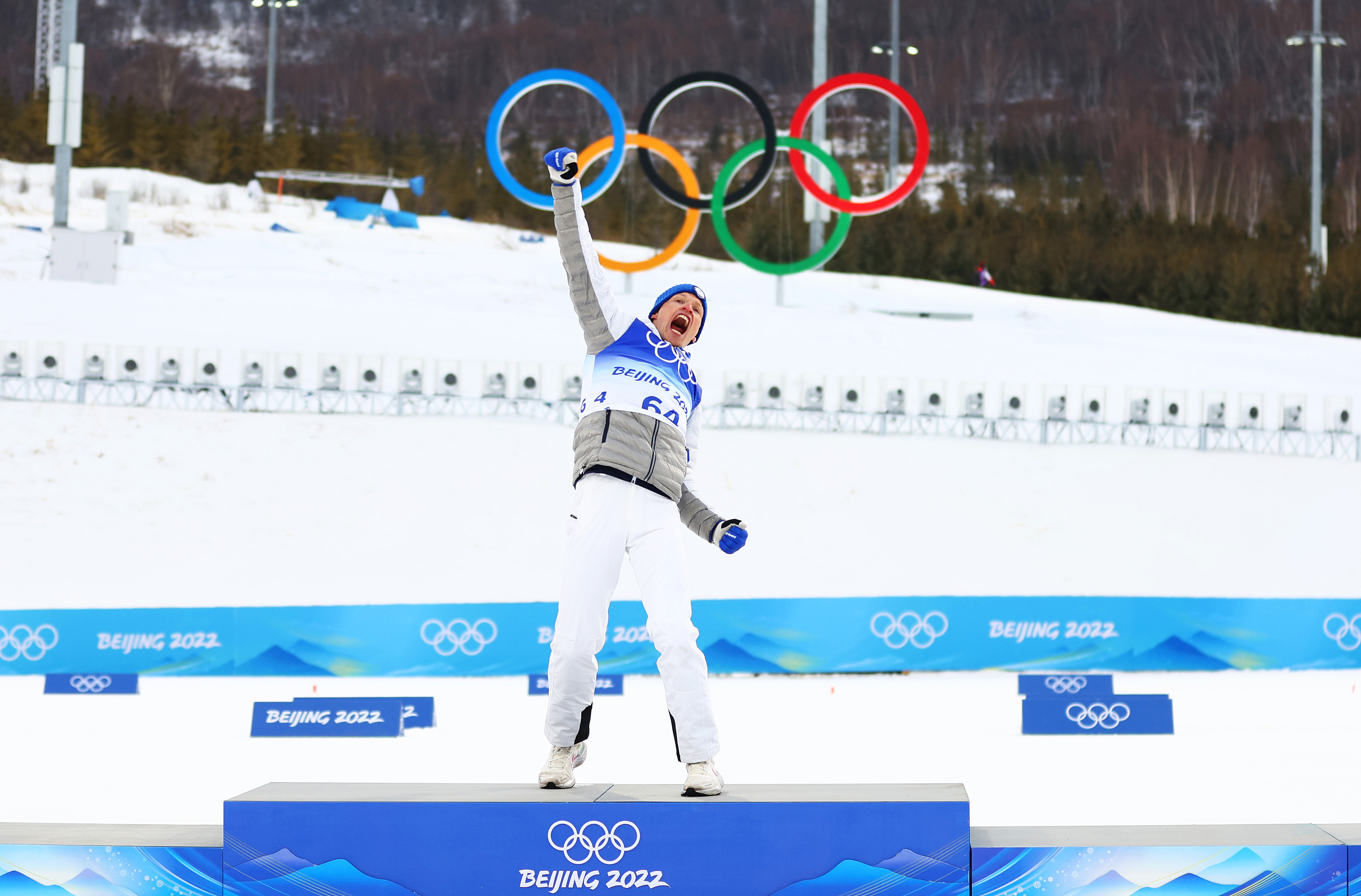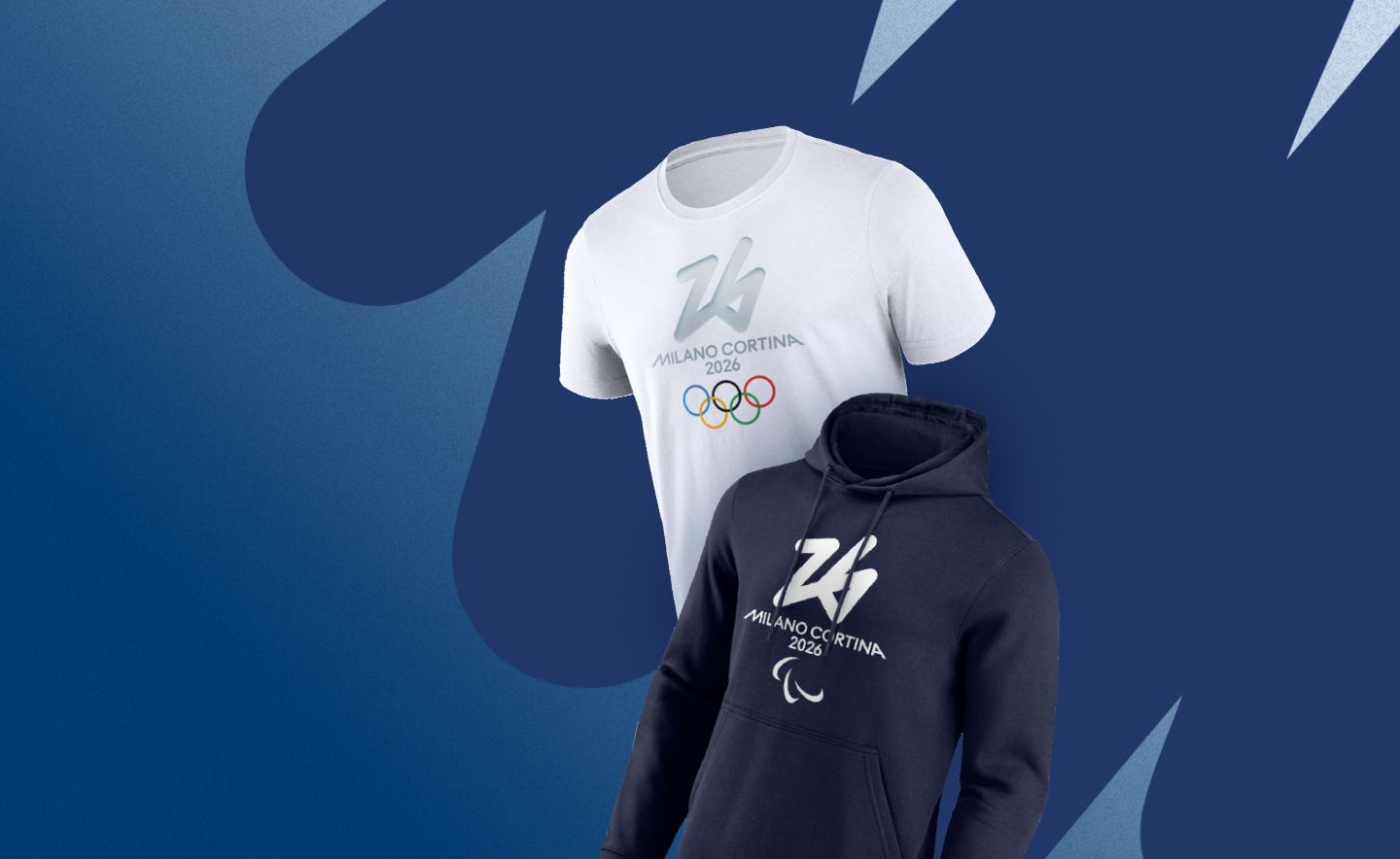Let's go over one of the most adrenalin-pumping and spectacular sport disciplines, featured at the Olympic Winter Games Milano Cortina 2026
Ski jumping is one of the most spectacular sports of the Olympic Winter Games. The image of the jumpers soaring through the air for unbelievable distances, with the Five Olympic Rings in the background, is one of the most iconic celebrations of winter sports, regardless of the edition. The audience raving at the incredible feats of athletes of all nationalities encompasses what experiencing the Olympic spirit to the fullest really means.
So, what does this sport entail? What are the materials and skis used by the athletes? How is the score calculated?
The technique
Coordination of movements, lightness, balance and physical strength are the main skills a ski jumper should possess. The ski jumping venue - hill - consists of ramps of varying heights and inclinations, which can be covered in snow, plastic or ceramic fibres.
Ski jumping from a hill involves four phases: in-run, take-off, flight and landing.
The in-run phase is when the jumper starts from a standing position, sitting on the bar above the launching ramp. The parallel tracks on which the skis run ensure the straightness of the motion. The jumper gets into a 'squat' position, stretching the torso forward and extending the arms at the hips, in order to reach the highest possible speed (around 90 km/h) before take-off.
In the take-off phase, the jumpers, having reached the end of the ramp, stretch their body and, extending their legs forward, thrust themselves upwards. The ramp does not include any steps, so the skier must calculate timing and strength well, as an early or late take-off could compromise their performance. In the flight phase, athletes literally fly into the air, stretching their body forward in a central position before landing.
Upon landing, the jumpers stand upright as they approach the ground and touch it in the Telemark landing style, continuing to glide to the end of the slope, before braking and stopping.

Simon Ammann, Switzerland, Ski Jumping, Olympic Winter Games Beijing 2022
A broad array of hills
Ski jumping hills are not all the same, and this makes the competition even more spectacular. There are small hills (NH) and large hills (LH).
The difference between the two lies in their measurements, as the K-point (where the athletes' landing can begin) of the NH ranges between a minimum of 85 m and a maximum of 110 m, while the K-point of the LH ranges between a minimum of 100 m and a maximum of 180 m.
The distance record for men athletes belongs to Austrian Stefan Kraft - 253.5 metres in Vikersund (NOR), in 2017 - and for women athletes, no one has yet beaten Daniela Iraschko-Stolz's 200 metre record, set over 20 years ago (in 2003).
Another difference between the two hills are the so-called points/metre, i.e. the points that convert an athlete's distance into a score. The points/metre coefficient is 2 on the small hill, and 1.8 on the large hill.
Materials and technical equipment
The skis are particularly wide and high, at least 70% more than the athlete's height. The Ski bindings - called 'Silvrettas' - are similar to those used for cross-country skiing, with a heel catch. Boots are made of synthetic materials, and open at the front.
The suit is essential to allow jumpers to 'fly', as its material (half a centimetre thick) decreases friction with the air on the hill, while providing more lift in flight. Made of five layers of synthetic materials, it must be between 4 and 5 mm thick, with air permeability of 40 litres per m² per second. As far as width is concerned, it cannot be more than 2 cm from the body circumference, nor be too tight. When jumping, it must be completely closed and fastened to the feet with laces.
Basic rules, scores and rankings
The final ranking is the sum of the points obtained in two jumps. The score in each of the two rounds depends on the jumping distance and style. Recently, wind and gate conditions - where the athletes sit before their turn - have been introduced to the scoring system, to level out the coefficients, regardless of any environmental conditions (Wind/Gate compensation system).
In the individual competition, each athlete performs two jumps; only the first 30 athletes ranked in the first jump will continue and perform the second jump.
In the men's Super Team event, each nation lines up two athletes divided into two groups. The competition consists of three jumps. After the first jump, only the top 12 teams continue on to the second jump, and the best 8 after the second jump participate in the final jump.
In the Mixed Team event, each nation must compete with two men and two women. The competition consists of two jumps. Athletes are divided into four groups. After the first jump, the top eight teams participate in the final jump.
In all the sport's disciplines, the athlete's performance is determined by the length of the jump performed and the style of execution, as assessed by the judges.
However, one thing that cannot be assessed with numbers or statistics is the public's affection for ski jumpers. Ski jumping fans have always been some of the most enthusiastic at all Olympic Winter Games, accompanying the jumps of their favourite athletes with warmth and enthusiasm, just as they will do in Predazzo, at the 2026 Olympic Winter Games.





































































